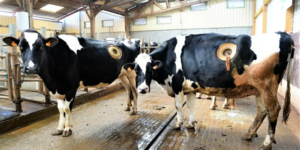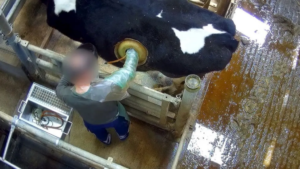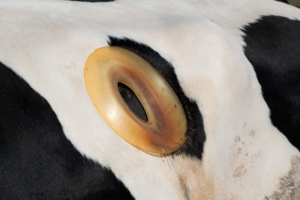What Are Portholes in Cows? The Reason Will Blow Your Mind
When you think of the word “portholes,” you might picture small windows on a ship or an airplane. But did you know portholes are also used on cows? Yes, it’s true! For many years, farmers and scientists have been using portholes on cows to access their stomachs. This unusual practice isn’t something most people know about, but it plays an important role in farming and scientific research. In this article, we’ll explain what portholes on cows are, why they’re used, and the mixed opinions people have about this method.

Cow portholes, also called cannulas or fistulas, are surgically created openings that give direct access to a cow’s stomach. These openings are covered with a plastic ring that keeps the hole open for easy use by researchers. The main purpose of these portholes is to allow scientists to insert or remove materials from the cow’s rumen, which is the largest of the cow’s four stomachs. This procedure helps avoid the need for repeatedly sedating or operating on the cow, making research on digestion more efficient and less stressful for the animal.

The practice of fistulating cows started in the 1920s when researchers sought a better way to study a cow’s digestion. By making an opening in the cow’s side, they could collect samples of partially digested food, microbes, and gases straight from the stomach. This approach has become common in agricultural research, especially for improving digestion and understanding how cows process different types of feed. Researchers use it to enhance animal health and optimize farming practices, making it an important tool in the livestock industry.

Portholes provide direct access to a cow’s stomach, making it easier for farmers and scientists to study digestion and feeding efficiency. By using these portholes, they can monitor how cows digest food, which helps in developing better feed that promotes growth, increases milk production, and reduces harmful emissions like methane and nitrates. The main goal is to create a more sustainable and productive farming system while lowering the environmental impact of livestock farming, contributing to a healthier planet.
